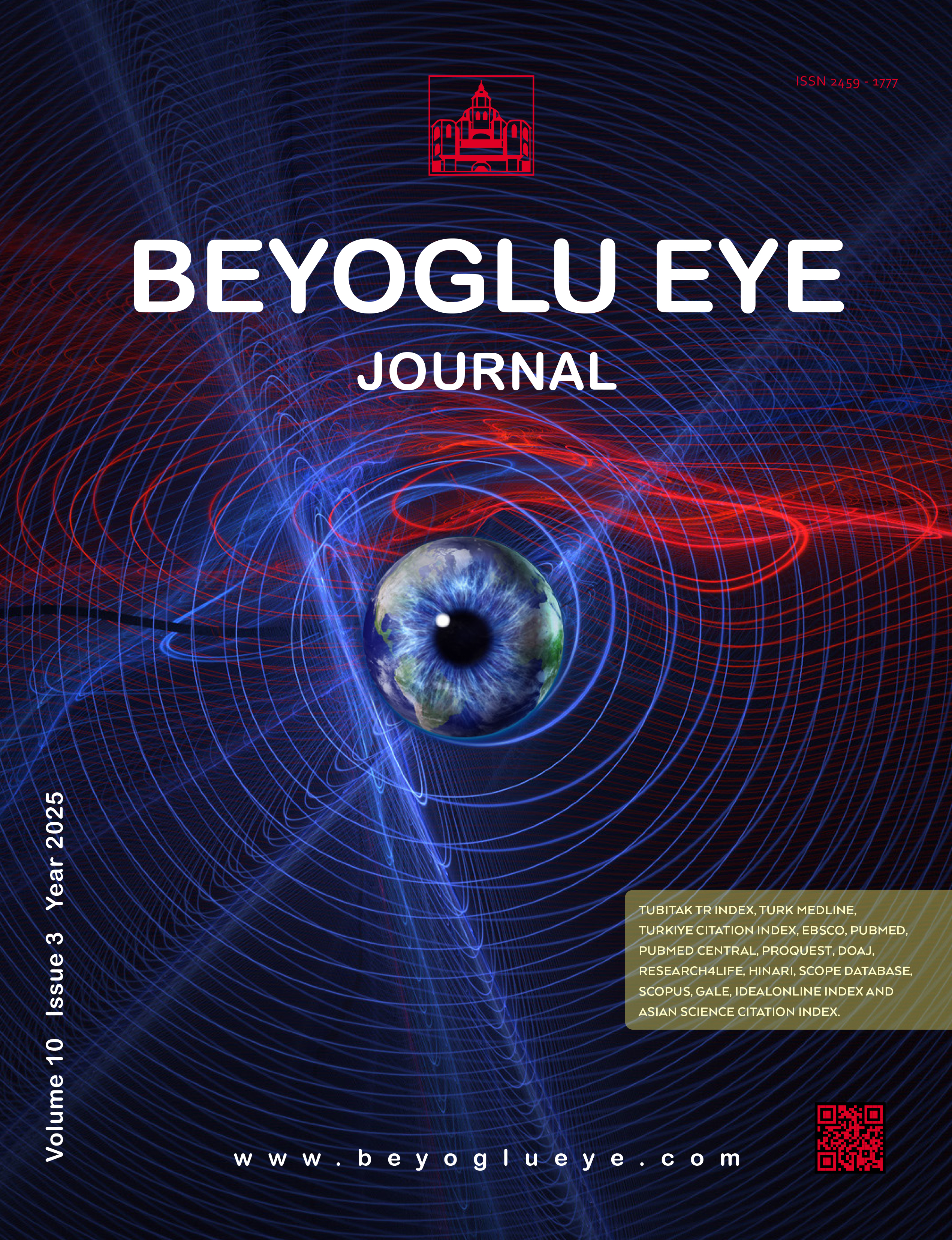
Ultrasound Biomicroscopic Evaluation of Anterior Segment Parameters and Surgical Area Following Trabeculectomy Surgery
Cem Kesim1, Nese Alagoz2, Banu Solmaz2, Cigdem Altan2, Berna Basarir2, Muhittin Taskapili21Department of Ophthalmology, Koc University Faculty of Medicine, Istanbul, Turkey2Department of Ophthalmology, Beyoglu Eye Training and Research Hospital, Istanbul, Turkey
INTRODUCTION: This study used ultrasound biomicroscopy (UBM) imaging to evaluate the anterior segment structure and surgical area of patients with open angle glaucoma following a trabeculectomy procedure.
METHODS: Consecutive patients with primary open angle or pseudoexfoliative glaucoma who underwent a trabeculectomy were included. UBM was used to examine the anatomical parameters of anterior chamber depth, anterior chamber angle, angle opening distance at 500 µm (AOD500), trabecular ciliary process distance (TCPD), iris ciliary process distance, scleral ciliary process angle (SCPA), and ciliary process thickness, as well as the internal ostium opening, ostium-iris distance, and scleral flap dimensions. Bleb morphologies were evaluated qualitatively using the Yamamoto classification and quantitatively according to the presence of drainage from the medial, lateral, and posterior borders.
RESULTS: Twenty-five eyes of 23 patients (4 female, 19 male) were included in the study. The TCPD and SCPA measurements were significantly greater in the postoperative third month (1.04±0.12 mm vs 1.09±0.16 mm, p<0.05; 58.6±3.9° vs 60.8±3.8°, p<0.05, respectively). Cases with a longer ostium-iris distance had a significantly greater AOD500, TCPD, and SCPA (p<0.05). Bleb drainage and morphological classification were correlated (p=0.001).
DISCUSSION AND CONCLUSION: UBM is a sound and efficient method to investigate anterior segment variations and the surgical bleb following a trabeculectomy. TCPD and SCPA values increased after surgery.
Manuscript Language: English









